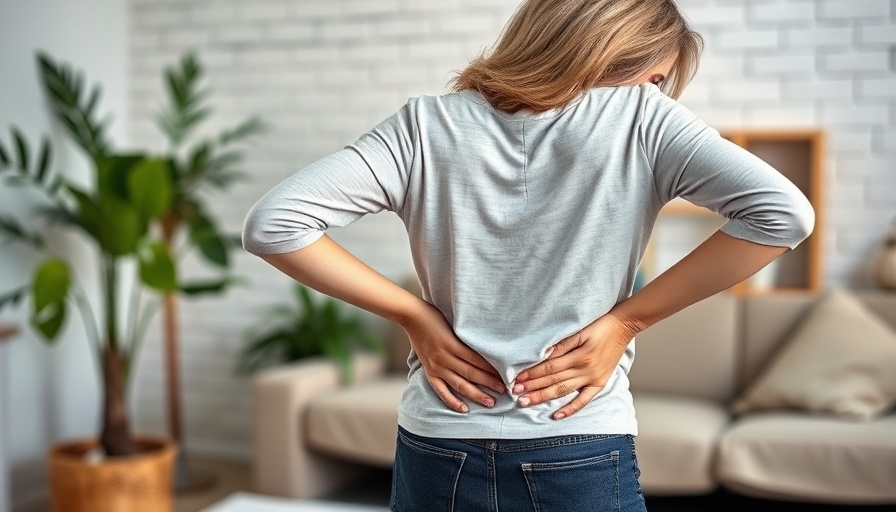
Simple Strategies for Back Pain Relief
For women in Southern California, navigating a busy lifestyle often involves long hours spent seated, whether it’s at work, during commutes, or relaxing at home. This sedentary lifestyle can lead to nagging back pain, a common issue faced by women aged 35-55. While many resort to medications for quick fixes, natural remedies are gaining popularity for their gentle yet effective relief of discomfort. Here are seven natural remedies that not only help ease back pain but also promote holistic well-being.
Heat Therapy: Warmth that Heals
One of the most comforting ways to alleviate muscle tightness is through heat therapy. Using a heating pad or a warm towel on the lower back increases blood circulation, helping to relax the muscles and reduce stiffness. This method is particularly beneficial for individuals who sit for extended hours, such as office workers or busy moms.
Tip: For best results, consider taking a warm bath infused with Epsom salts to soak away the day’s stress and tension.
The Anti-Inflammatory Power of Turmeric
Another natural remedy that deserves attention is turmeric. This golden spice has curcumin, a compound celebrated for its ability to reduce inflammation in the body, including alleviating joint and muscle pain. Incorporating turmeric into your diet is simple. Try adding it to smoothies, soups, or even to your morning golden milk latte.
Bonus: Turmeric is a great ally for women experiencing hormonal changes, offering support during midlife transitions.
Find Your Balance with Gentle Yoga
Regularly practicing gentle yoga can greatly enhance flexibility and posture while decreasing tension in the muscles. Poses such as the Cat-Cow Stretch, Child’s Pose, and Cobra Pose are excellent starting points, allowing you to connect breath with movement and ease discomfort.
Tip: Even dedicating just 10 minutes a day can lead to significant improvements in back health.
Choosing the Right Seat Cushion Matters
Your sitting posture plays a vital role in musculoskeletal health. An ergonomic seat cushion can significantly alleviate pressure on the tailbone and help promote proper spinal alignment. Investing in a high-density memory foam cushion designed for all-day comfort can make a world of difference, especially for those spending long hours seated.
Magnesium: The Unsung Hero
This essential mineral is crucial for muscle relaxation and helps combat cramps and inflammation. Unfortunately, many women over the age of 40 experience low magnesium levels, contributing to increased back pain. Natural sources like leafy greens, pumpkin seeds, and almonds are excellent ways to incorporate magnesium into your diet.
Essential Oils: Natural Aromatherapy
The use of essential oils is another powerful natural remedy that can provide pain relief. Oils like peppermint, lavender, and eucalyptus are known for their analgesic and anti-inflammatory properties. Simply apply them topically with a carrier oil for soothing relief and an aromatic experience that can enhance relaxation.
Embracing Holistic Health
Understanding the root causes of back pain allows for more effective treatments. Add these natural remedies into your daily routine and notice the difference over time. As you explore these therapies, always remain in tune with your body and consult healthcare professionals as needed.
Take Control of Your Well-Being Today
Incorporating these natural remedies into your daily routine can empower you to take active control of your health and well-being. Sharing and discussing health tips with friends and family can create a supportive community around wellness. Remember, you are not alone in your back pain journey, and there are ways to find relief. Consider reaching out to a chiropractor in Southern California who can provide guidance tailored to your specific needs.
 Add Row
Add Row  Add
Add 




Write A Comment